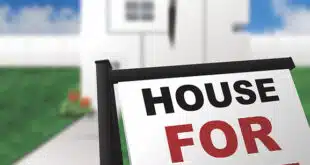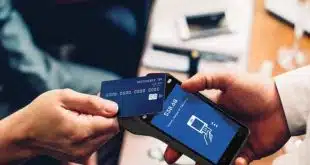While the payments industry waits for Apple Pay and other promising applications to help mobile catch on in in-store payments, it’s already blazing ahead in online bill pay.
Some 27 million U.S. households are paying at least one bill each month on a mobile phone, according to research from banking-technology provider Fiserv Inc. that was released earlier this week. That’s 27% of U.S. households with an online connection, up a hefty 69% from 2013. In fact, the percentage of online households performing mobile bill payments now dwarfs the 6% Fiserv found as reeently as 2011.
“What is stunning is this hockey-stick-like growth,” says Eric Leiserson, a senior research analyst at Fiserv who supervised the study, which is derived from a consumer survey conducted in May. “I haven’t seen growth like that since the ‘90s and early 2000s with online bill pay.”
Nor are many of these payments one-off events. “Mobile bill pay is becoming more of a recurring behavior,” Leiserson tells Digital Transactions News. In part, this is because more billers are supporting mobile bill pay—44%, according to Leiserson. It’s also due to what he calls “pent-up demand” among online users who find mobile to be a preferable alternative to the desktop computer.
Indeed, survey respondents cited ease of use, time savings, and convenience as their top three reasons for using a mobile device to pay bills. “I’ve been tracking [mobile bill payment] since 2011, so this didn’t surprise me,” Leiserson says. “Each year I saw it grow. You just know that growth is inevitable.”
Not surprisingly, tablet usage has also increased. Some 19 million households paid bills with an iPad or other tablet computer, up 46% from the 13 million found in the 2013 study.
Consumers’ thirst for convenience showed up in other parts of the Fiserv study, as well. One interesting result, for example, is that the proportion of households using the so-called guest checkout option at a biller site quadrupled to 28% from 7% in 2013.
With this option, consumers who can’t recall their password, or don’t want to create one, can pay a bill with a guest login. “Consumers have been conditioned to have a very quick in-and-out experience,” notes Leiserson. But above all, he says, many don’t want to devise yet another password and user name combination. “They have password fatigue already.”
Leiserson does not have data on how many sites offer this option, but his advice to billers that don’t is to act fast. “If they don’t have it, they need to get it,” he says.
Another rising trend—though increasing more gradually—is electronic bill presentment, or the electronic delivery of bills rather than sending paper bills in the mail. Of all consumer bills received, about 23% are paperless, Leiserson says, up some two percentage points from last year’s survey. “I’d expect another 2-point growth next year,” he says.
Helping this trend is billers’ increasing use of text and email alerts to customers reminding them that bills are due. Before, Leiserson says, many consumers shied away from e-bills for fear of losing track of them or forgetting to pay them altogether. The alerts, he says, “can really save your rear.”
But the notifications also burnish the sender’s reputation, since they allow recipients to sidestep often expensive late fees or other penalties. With alerts, “instead of being a fee assessor, you’re now a fee preventer,” says Leiserson.
Brookfield, Wis.-based Fiserv’s survey collected responses from 3,021 consumers who had online connections and were responsible for paying bills in their households.




